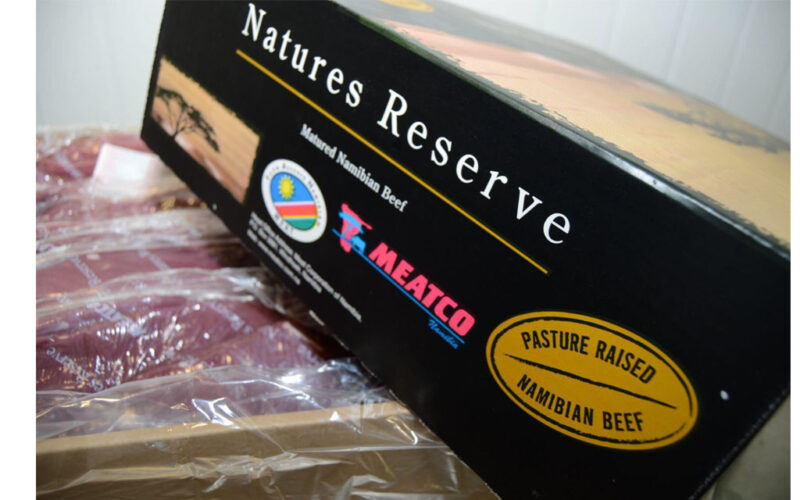Staff Writer
The Namibian beef industry is at a crossroads, necessitating a proactive approach to tackle the challenges it confronts. To secure its future, the industry must undertake various strategic initiatives. These include investing in advanced infrastructure like efficient feedlots and cutting-edge equipment, as well as implementing drought-restocking plans to ensure long-term sustainability. Supporting small-scale beef processors through incentives is crucial for their operational stability.
A pivotal focus should be on revitalising rangelands and enhancing grazing capacity for cattle. Initiatives encompassing the production and storage of animal feed to mitigate the impacts of drought are equally important, as suggested by a report from High Economic Intelligence, a research firm.
To fortify the health of the cattle population, both within the nation’s borders and across them, effective vaccination programs and disease control measures must be put in place. Modernising farming practices and advocating for the adoption of contemporary agricultural techniques, such as refined breeding, optimised feed management, and enhanced herd supervision, are fundamental steps toward boosting productivity and the quality of beef produced.
An imperative area that necessitates investment is research and development. Advancements in cattle genetics, nutrition, and health can lead to the emergence of more resilient and productive cattle breeds. It’s essential to foster collaboration among all stakeholders, including farmers, processors, researchers, and policymakers. Such cooperation would facilitate the exchange of knowledge, technology, and best practices, thus fostering continuous improvement and innovation within the Namibian beef industry.
Recent data showcases an uptick in cattle marketing activities during 2022 compared to the preceding year, and this growth trajectory is expected to persist throughout 2023. Nonetheless, formidable challenges loom. Climate change, escalating input costs, and the prevalence of animal diseases remain significant risks that cast shadows over the industry’s prospects for 2023 and beyond.
From 2010 to 2022, Namibia witnessed the marketing of a total of 4,432,695 cattle. This figure comprised 1,718,289 cattle slaughtered and 2,712,380 cattle exported live. Within the slaughter segment, 1,328,625 cattle were processed by export abattoirs, while butchers catered to the domestic market with 390,165 cattle.
Cattle marketing experienced notable declines in 2012, 2014, 2016, 2020, and 2021, coinciding with farmers’ efforts to replenish their herds after enduring losses during periods of drought. In 2022, cattle marketing rebounded, registering a 2.33% increase over the figures from 2021.




